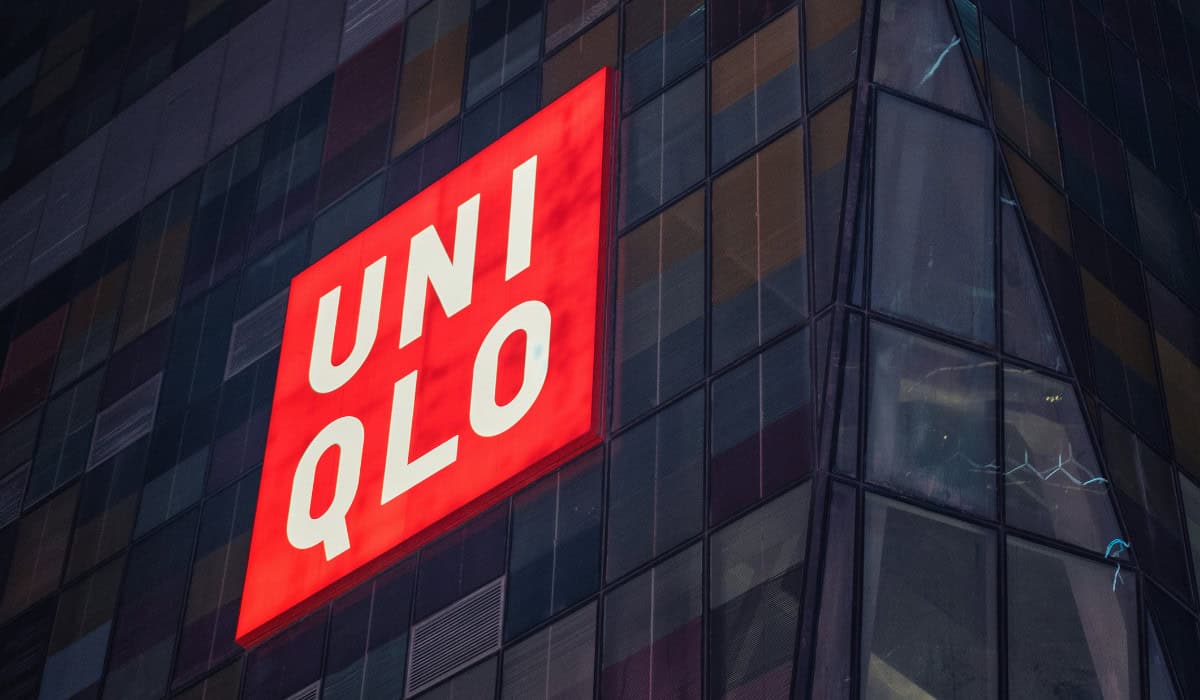
Photo by Howen on Unsplash
Will UNIQLO’s Expansion Strategy Work Against the Competition?
In the era of fast fashion, SHEIN and Temu are dominating the playing field, for better or for worse. While other retailers are adapting specific strategies, such as Amazon and its proposed new discount section, UNIQLO has decided to go a completely different route.
Instead of low prices, the Japanese-owned retailer, UNIQLO, is adopting a global strategy that focuses on larger flagship stores, following its European model. Fast Retailing, UNIQLO’s owner, is planning on expanding in the area of Europe, with new flagship stores already built in Rome, Edinburgh, London, Milan, and Nice, bringing the total to 76 stores in Europe.
The flagship stores of UNIQLO that are established in European cities contribute as much as half of all store sales when compared to Japan and China. UNIQLO’s Europe business also shows signs of steady growth in both sales and operating income when shared in February 2024.
Interestingly, UNIQLO’s secret to success might be due to the fact that the brand’s public perception is not that of a typical cheap, fast-fashion brand.
“The concept of ‘life wear,’ which stands for high quality, basic design, and clothes’ ability to match with any item, has been accepted in Europe. People in Europe don’t consider Uniqlo to be fast-fashion.”
Jun Kawahara, a senior analyst at Daiwa Securities, via Nikkei
UNIQLO’s “life wear” concept of high-quality, versatile basics has gained acceptance in Europe, differentiating it from other fast-fashion brand competitors based in Europe, like Zara and H&M. Consumers who were interviewed echoed these sentiments by explaining how a simple, basic piece like a bra has become a must-have staple for daily wear. Another consumer explained how the clothes from Japan have a perception of being high quality in terms of craftsmanship. One other consumer was a bit more reserved and believed that the UNIQLO brand is still not well-known throughout Europe.
Moreover, UNIQLO’s expansion plans are not just confined to Europe. At the end of 2023, UNIQLO also revealed plans to increase the speed of its expansion in North America by opening over 20 new stores across the U.S. and Canada throughout 2024.
This growth focuses on the eastern and western regions and aims to reach 200 stores in North America by 2027. UNIQLO’s North American CEO, Daisuke Tsukagoshi, emphasized the importance of stores for engaging with local communities and improving products based on customer feedback. The brand has seen significant growth and expects continued double-digit sales growth in existing stores. While the brand does struggle in some areas, such as China, recent successes, including popular items and designer collaborations, have bolstered UNIQLO’s overall global popularity and customer connections.
Furthermore, rather than emphasize the e-commerce side of fashion, UNIQLO’s CEO mentioned the importance of physical retail stores and why he chose to focus on the in-person experience.
“Stores are the heartbeat of our business, where we can engage with our local communities, hear directly from our customers, and best understand their needs to continue to improve and perfect our products. We’re looking forward to a big year ahead.”
Daisuke Tsukagoshi, CEO of UNIQLO North America, via PR Newswire
UNIQLO’s new European expansion strategy begins this fall with its first new store being launched in Poland. Currently, UNIQLO operates a total of 2,469 stores worldwide.
Discussion Questions
In an increasingly digital retail landscape, how does UNIQLO’s focus on physical flagship stores and community engagement challenge the trend toward e-commerce dominance, and what might this mean for the future of in-person retail experiences?
Given UNIQLO’s success as a high-quality “life wear” brand distinct from fast fashion, how might other retailers adapt to compete with this mix of affordable luxury and staple versatility in fast-fashion-dominated markets?
Considering the varied perceptions of UNIQLO in different regions, how does cultural context influence the brand’s success, and how can retailers use cultural insights to tailor their strategies while maintaining a cohesive global brand identity?
